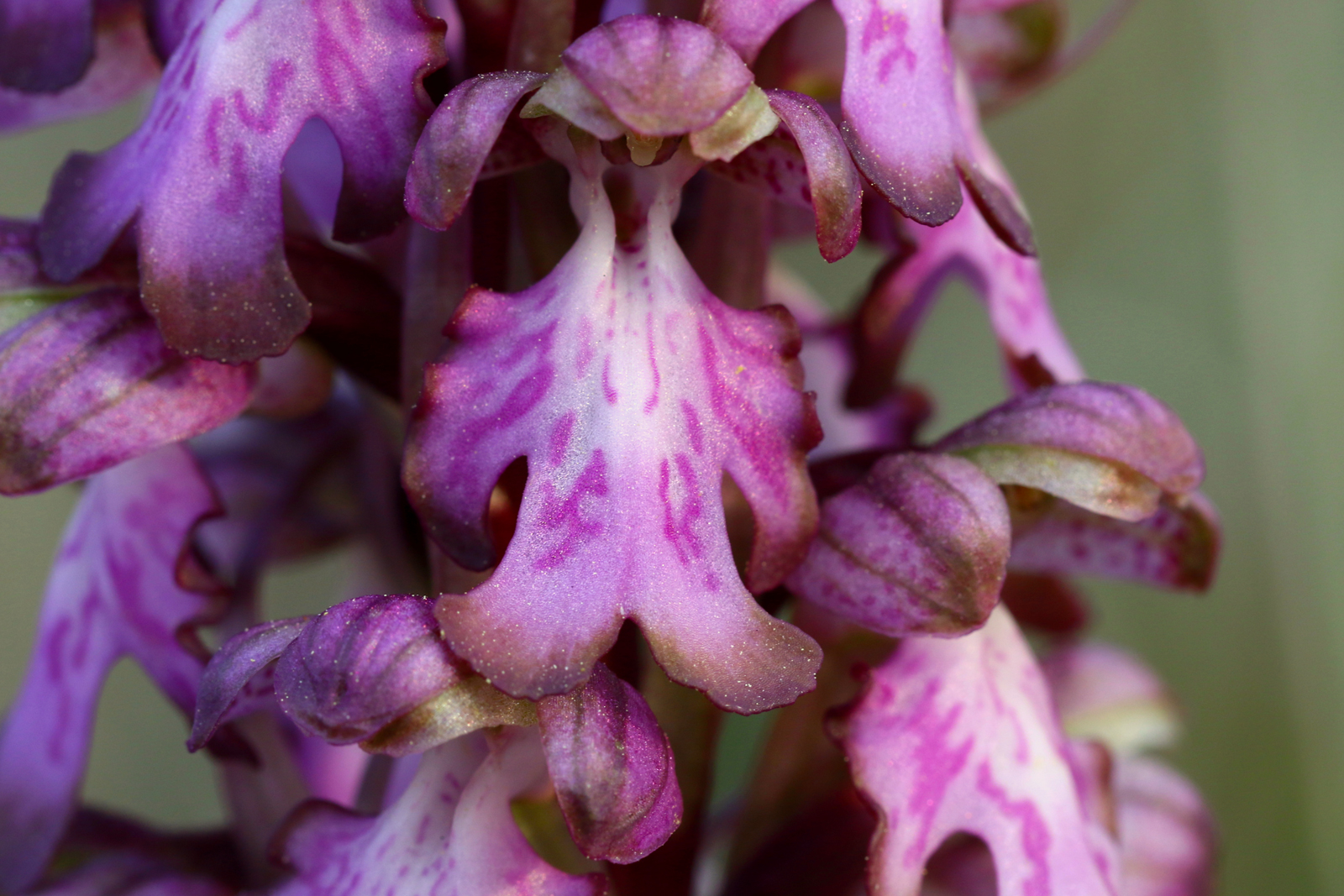When you think of orchids the tropics, the rainforests of Asia and the island of Borneo probably all come to mind.
Maybe you think about great botanical gardens, cared for manically by botanists in white coats, their “surgical” tools always close by. Like the character of Nero Wolfe, the famous investigator created by the author Rex Stout, who was a great lover of a gourmet table and even more so of Orchidacee. But, we are sure, you probably never think about the upper hills of the Langhe region in Piedmont.
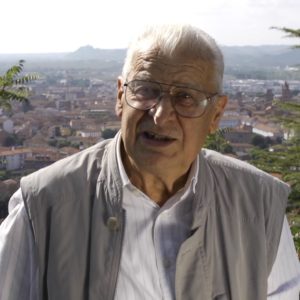
Orchids, are in fact, one of the most widespread flowers in the world. There are over 25,000 species; however, 85% are concentrated in the tropic and sub-tropic climate zones of Asia and the Americas. Only one orchid out of ten flourishes in the temperate zones, so it is surprising that on the hills of the Langhe, dozens of species can be found. Twenty-two species are found exclusively in the Sorgenti del Belbo nature reserve, a wildlife nature of the Alta Langa. The wild orchids bloom between May and June in this area, creating a stunning display of beauty and colour. Their fleshy stems, lush petals and distinctive colours stand out against the green-yellow of the meadows. Their resplendent beauty recalls what Montale once said, “like a crocus lost in the middle of a dusty field.”
To better understand and appreciate this gift of nature given the Alta Langa, we have interviewed Oreste Cavallo who, along with Roberto Cavallo and Giovanni Dellepiana, wrote the book Orchidee spontanee delle Langhe, published by the Amici del Museo “F.Eusebio”. Oreste is an agronomist, passionate about nature and geology, as well as a writer and essayist; a true font of Albese culture to whom we owe thanks for a rich collection of scientific and touristic information about the landscape such as the evolution, the fossils, the entomology and the flora of the Langhe and Roero.
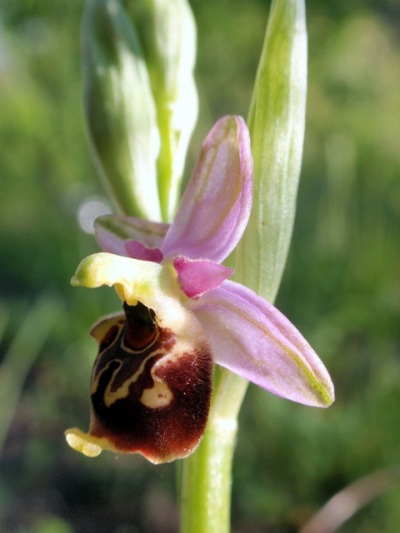
Oreste Cavallo, can you please explain how the Alta Langa became a habitat for orchids?
It is interesting to note how the Langhe began to have a small patrimony of orchids thanks to the region’s proximity to Liguria, the Italian region with the most diversity of orchid species. The seeds crossed the Apennines and found an environment suitable to their growth. Orchids are highly adaptable flowers, capable of living in very different habitats, including ones that can be considered arid or with harsh climates.
How many species of orchids are found in the Langhe?
It is difficult to give a precise number. It depends a lot on who is classifying the plant, they often get carried away and will name a variation as a new species. It is not out of ignorance however, the orchid is an extremely polymorphous plant, whose appearance can change drastically depending on their environment. I can say for sure that there are at least between 40 and 50 species which are covered in orchidee spontanee delle Langhe, and account for about half of all the Italian species.
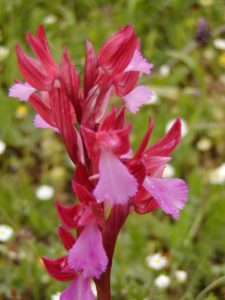
Which habitats do orchids prefer?
The orchids of the Langhe are mainly found in calcareous soils, in the undergrowth dominated by downy oak or Scotch pine. Others, however, prefer drier and more sunny places, in particular, fields that are no longer cultivated. Orchids are pioneer plants, the first to settle in uncultivated land and adapt to the environment.
Where are the best areas to observe them?
While traveling along some paths between Montelupo Albese and Sinio to write the book Escursioni nelle Langhe, I noticed that in the vicinity of Fossa dei Quiri one could encounter more than 15 specimens of different species. On my recommendation, the Regione Piemonte has set up an SIR (a Site of Regional Importance) in that area, called Serra dei Pini, with orchids. You can observe many orchids in the nature reserve of Sorgenti del Belbo, and in San Benedetto Belbo, I know that Don Vittorio Delpiano (or simply Toiu ndr.) holds several species.
When do they begin blooming?
Most orchids bloom between May and June, but some species are precocious, such as the Robert Orchid (Barlia robertiana), whose first blooms can already be seen in March. A rarer late species, the autumnal Viticcino (scientific name Spiranthes spiralis), blooms between September and October.
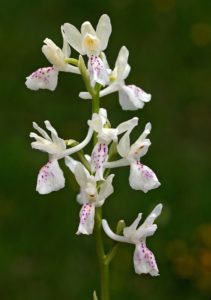
What are the rarest orchids you have come across?
In truth, the rarest orchid recorded in the area is one I have not yet come across. It is the Orchis provincialis (Provence orchid), whose last attestation dates back to a volume of 1929, drawn up by the botanist Ferdinando Vignolo-Lutati in Le Langhe e la loro vegetazione. Vignolo-Lutati wrote an appendix in which he claimed to have found the provincialis “in lush but scarce specimens” in the woods of Obis, between Rocchetta Belbo and San Donato di Mango. Unfortunately, since then no one has found the Orchis provincialis in the Langhe, not on the places indicated, nor in others. We must go to Alessandria to find some specimens. Another rare orchid of the Langhe is the Orchis papilionacea, the Butterfly Orchid, of which I boast only one sighting.
Has climate change affected the orchids growth patterns?
The Robert Orchid or Barlia robertiana has always been considered an orchid that is closely linked to Mediterranean coasts. The fact of it having been found in the surroundings of Paroldo (40 km linear from the coast) and more recently, growing spontaneously in a garden of Diano d’Alba (which is at least 60 km from the sea in a straight line) is a clear signal of the average temperature increase. It remains to be questioned, as I wrote in a note in the magazine Alba Pompeia “if it is appropriate to rejoice at the possibility of having near us flowers that in the past required trips of a hundred kilometers, or if it is more reasonable to worry” [1].
[1] Cavallo Oreste, L’orchidacea Barlia Robertiana nelle Langhe, Alba Pompeia, anno XXV (2004), fasc. II
NOTE
Most spontaneous orchids are protected by Italian law which strictly prohibits collection and cutting. We respect the landscape and ask that if you see these wonders, learn to consider them works of art of nature and enjoy their beauty without the need to possess them.
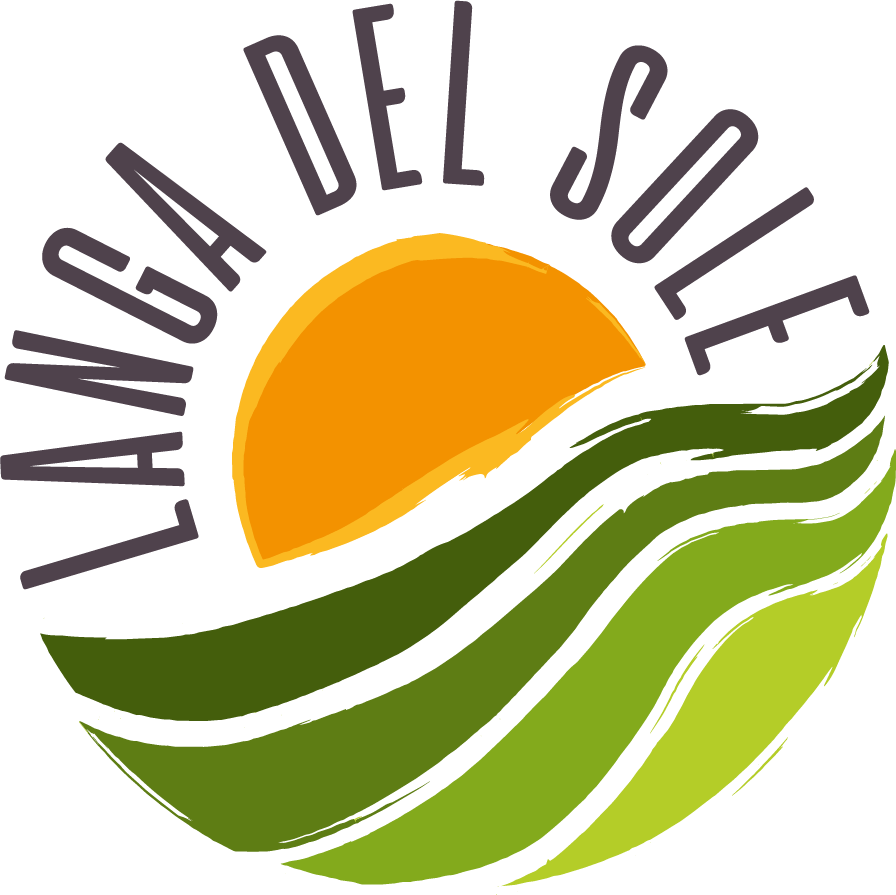
Post a cura della Redazione di Langa del Sole

